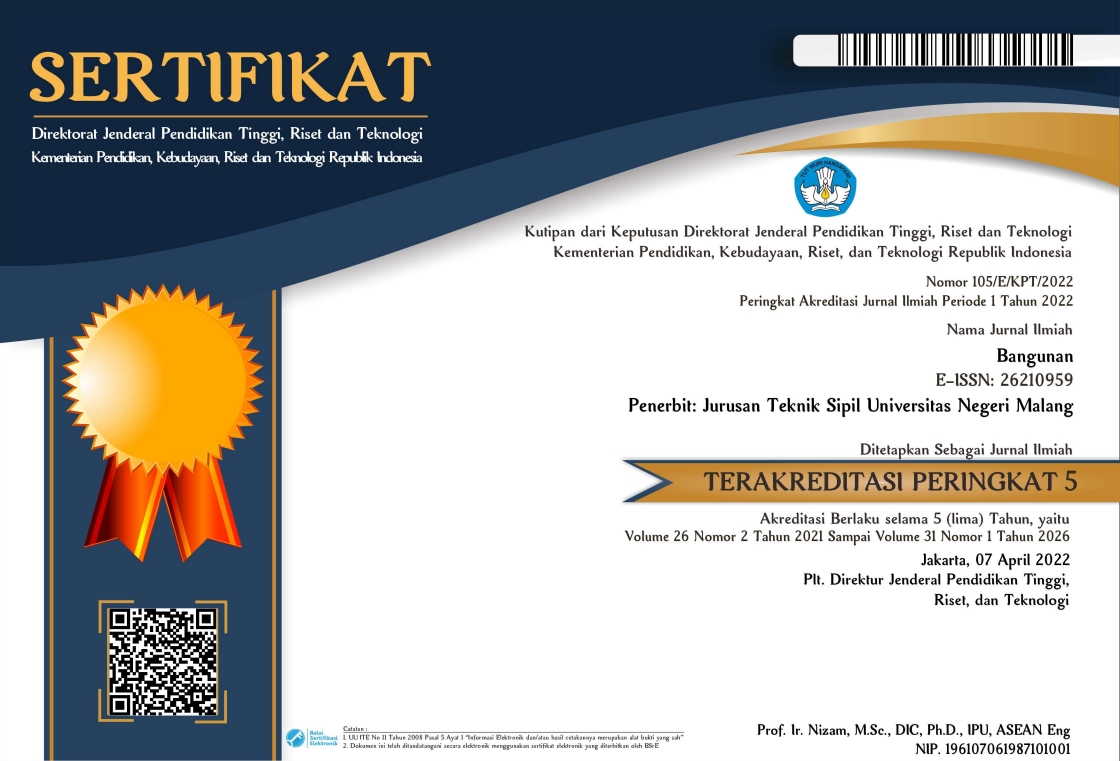COMPARING VOCATIONAL EDUCATION CURRICULA IN CHINA AND INDONESIA FOR ECONOMIC GROWTH
Abstract
Abstrak: Asia dicirikan oleh keragaman iklim, geografi, sumber daya alam, struktur populasi, tingkat melek huruf, struktur ekonomi, dan bentuk pemerintahan. Penelitian ini dilakukan di dua negara yaitu China dan Indonesia. Karena perekonomian China dan Indonesia tetap stabil dan meningkat di tengah krisis ekonomi global, apalagi negara-negara tersebut menduduki peringkat pertama dan kedua pertumbuhan ekonomi dunia. Tujuan dari studi di bidang pendidikan ini adalah untuk menginformasikan tentang kurikulum pendidikan kejuruan yang menciptakan lapangan kerja yang terampil, kreatif, berdaya saing tinggi, mudah diserap, yang pada gilirannya mendukung pertumbuhan ekonomi di kedua negara. Kajian melalui kubus Bray dan Thomas ini memberikan kerangka analisis pendidikan komparatif yang melibatkan tiga kategori yang disusun dalam kubus. Perbandingan kurikulum sains kedua negara menunjukkan bahwa mereka sebenarnya secara umum serupa. Relatif sedikit perbedaan yang ditemukan sehubungan dengan pengetahuan yang dimaksudkan dan konten kompetensi dalam hal perbedaan diamati kuantitas keseluruhan tersirat oleh dokumen kurikulum tampaknya seimbang.
Kata-kata kunci: Pendidikan Kejuruan, Kurikulum, Indonesia, Cina
Abstract: Asia is characterized by its variety of climate, geography, natural resources, population structure, literacy rate, economic structures, and forms of government. This study was done in two countries they are China and Indonesia. Because the economy in China and Indonesia remained stable and increased amid the global economic crisis, moreover those countries were ranked first and second world economic growth. The purpose of this study in education should be to inform about vocational education curriculum that creates skilled, creative, highly competitive, easily absorbed employment, which in turn support the economic growth in both countries. This study through the Bray and Thomas cube provides a framework for comparative education analysis involving three categories arranged in a cube. A comparison of the science curricula of the two countries indicates they are in fact broadly similar. Relatively few differences were uncovered with respect to intended knowledge and competence content in the event where differences were observed the overall quantity implied by the curriculum document appeared to be evenly matched.
Keywords: Vocational Education, Curriculm, Indonesia, China
Full Text:
PDFDOI: http://dx.doi.org/10.17977/um071v26i22021p9-20
Refbacks
- There are currently no refbacks.

This work is licensed under a Creative Commons Attribution-ShareAlike 4.0 International License.

This work is licensed under a Creative Commons Attribution-ShareAlike 4.0 International License.


